How To Get Rid Of Spider Veins Naturally
Aging comes with its own set of troubles. One such condition that is more common among the aging lot is spider veins, which can take a toll on physical health and well-being. However, do not worry. There are natural and effective ways to treat and prevent this condition. Read on to find out what they are.
Table Of Contents
What Are Spider Veins?
Spider veins, also known as telangiectasias, are dilated veins (resembling a spider web) found on the surface of the skin. They usually go undiagnosed unless there are other symptoms associated with their appearance. Spider veins are often associated with throbbing and restless legs, which can get quite bothersome and require attention. This condition is more common among individuals above 50 years of age. However, even young adults can be affected by this condition (1).
But what causes them?
Back To TOC
What Causes Spider Veins?
Spider veins are common in both men and women. They occur as a result of weakened valves in the veins, which otherwise enable blood flow through the veins. Damaged valves result in the swelling of veins, and these develop into spider veins (2). Some of the most common causes of this condition include:
Other than being unsightly to look at, spider veins may also be accompanied by a series of symptoms that can become bothersome in the long run (3).
Back To TOC
Symptoms Of Spider Veins
But aren’t these symptoms similar to that of varicose veins? How are spider veins different? Let’s find out below.
Back To TOC
Spider Veins Vs. Varicose Veins
The two most commonly occurring vein conditions are spider veins and varicose veins. Many often get confused between the two types. To help you decide which of the two you are actually suffering from, here are some of major differences between spider veins and varicose veins.
The following are the factors that can increase put an individual at a higher risk of developing spider veins.
Back To TOC
Who Is At A Risk Of Developing Spider Veins?
Certain factors can increase your risk of developing spider veins. They include:
To treat spider veins and its symptoms successfully and at the earliest, it is important to get yourself diagnosed first. How is that done?
Back To TOC
How To Diagnose Spider Veins
Your doctor may perform a physical examination that involves looking at your legs while you are standing to check for any swelling.
You may also need to get an ultrasound test done to check whether your vein valves are functioning normally and if there are any blood clots.
Your doctor can also suggest some treatments to improve the appearance of spider veins. They include:
As spider veins are more of a cosmetic concern than medical, many affected individuals are seen opting for surgery to get rid of their unsightly appearance. However, following some simple and natural remedies, along with a few lifestyle changes, can help deal with this condition without having to go under the knife (4).
Back To TOC
Home Remedies To Treat Spider Veins Naturally
1. Apple Cider Vinegar
You Will Need
What You Have To Do
How Often You Should Do This
Do this 2 to 3 times daily.
Why This Works
Apple cider vinegar (ACV) improves blood flow in the affected area, thus helping you get rid of spider veins.
Caution
Due to the acidic nature of ACV, it is recommended to do a patch test on your skin before following this remedy.
Back To TOC
2. Witch Hazel
You Will Need
What You Have To Do
How Often You Should Do This
Repeat this 2 to 3 times daily.
Why This Works
Witch hazel is a natural astringent and is also known for its anti-inflammatory properties. The spider veins shrink and become less visible on the topical application of this oil. Witch hazel contains tannins and volatile oils, both of which can reduce inflammation and heal the inflamed veins (5).
Back To TOC
3. Massage Oils
Shutterstock
One of the basic and most efficient ways to treat spider veins is by massaging the affected area. Massaging the affected area improves blood flow and diminishes the appearance of spider veins.
a. Castor Oil
You Will Need
Cold compressed castor oil
What You Have To Do
How Often You Should Do This
Follow this regimen 2 to 3 times daily.
Why This Works
Being anti-inflammatory and stimulating in nature, castor oil improves blood circulation. This property can treat spider veins and reduce their appearance.
Tip
Use cold compressed castor oil as this is its purest form.
b. Coconut Oil
You Will Need
Cold compressed coconut oil
What You Have To Do
How Often You Should Do This
Repeat this daily for best results.
Why This Works
Coconut oil is one of the best natural sources of antioxidants. It improves blood flow, thus treating spider veins (6).
Caution
Cold compressed coconut oil is recommended due to its refined composition.
Back To TOC
4. Epsom Salt
You Will Need
What You Have To Do
How Often You Should Do This
Do this 3 to 4 times a week.
Why This Works
Epsom salt, also known as magnesium sulfate, is well known for its detoxifying and anti-inflammatory properties (7). The magnesium content in this salt helps to treat the inflamed spider veins and reduces their appearance. However, Epsom salt is to be only used externally and should not be ingested.
Back To TOC
5. Hot Or Cold Compress
You Will Need
Hot/Cold compress
What You Have To Do
How Often You Should Do This
Use according to your symptoms.
Why This Works
A hot compress removes clots and promotes blood flow while a cold compress reduces inflammation and minimizes bruising around the spider veins.
Caution
Elevate your leg while applying a compress. This is to avoid pooling of blood in the affected area.
Back To TOC
6. Grape Seed Extract
You Will Need
Grape seed extract supplement (liquid or capsule form)
What You Have To Do
Take 720 mg of grape seed extract.
How Often You Should Do This
Consume this supplement daily.
Why This Works
The seeds of black or red grapes are rich in bioflavonoids called oligomeric proanthocyanidin complexes (OPCs) (7). These complexes are known to treat spider veins by promoting the circulation of blood while reducing inflammation.
Back To TOC
7. Garlic
You Will Need
What You Have To Do
How Often You Should Do This
Repeat this procedure daily for best results.
Why This Works
Garlic is best known for its antioxidant and anti-inflammatory properties. Its ability to enhance blood circulation helps in the treatment of spider veins (8).
For best results, you can also include garlic in your diet.
Back To TOC
8. Green Tomatoes
You Will Need
What You Have To Do
How Often You Should Do This
Do this 4 times a day.
Why This Works
Green tomatoes enhance blood circulation in the affected areas. The seeds of these tomatoes contain an acidic substance that helps in this regard. This substance acts as a natural anticoagulant, helps improve blood flow, and reduces inflammation.
Caution
Do not wrap the bandage too tightly around the spider veins.
Back To TOC
9. Ginger
You Will Need
What You Have To Do
How Often You Should Do This
Do this 2 to 3 times a day.
Why This Works
The anti-inflammatory and antioxidant properties of ginger are due to the presence of a compound called gingerol. These properties make ginger one of the best natural ways to combat spider veins (9).
You can also include ginger in your daily diet.
Back To TOC
10. Ginkgo Biloba
You Will Need
40 mg ginkgo extract supplements
What You Have To Do
Consume 40 mg of ginkgo extract.
How Often You Should Do This
Consume this 3 times a day.
Why This Works
Ginkgo biloba contains active ingredients that are known to strengthen the tissues of the vein walls. It is also used to improve blood circulation, and can thus be used for treating spider veins as well.
Back To TOC
11. Horse Chestnut
You Will Need
Aescin supplement (50mg)
What You Have To Do
Consume 50 mg of aescin supplement on a daily basis.
How Often You Should Do This
Have this twice daily.
Why This Works
Being a flowering plant, horse chestnut contains a component called aescin. This extract strengthens the tissues of the vein walls and reduces inflammation caused by spider veins. It is also involved in the active regeneration of weak or damaged veins (10).
Tip
You can top this with one of the topical remedies.
Back To TOC
12. Japanese Pagoda Tree Extract
You Will Need
Japanese pagoda extract and its supplement
What You Have To Do
You can either take Japanese pagoda tree extract as a supplement or apply it topically.
How Often You Should Do This
Do this daily.
Why This Works
Japanese pagoda extract increases the circulation of blood and strengthens the veins.
Back To TOC
13. Lemon Juice And Baking Soda
You Will Need
What You Have To Do
How Often You Should Do This
Drink 2 to 3 glasses of this mixture daily.
Why This Works
Lemon juice is rich in vitamin C and is often used as a blood purifier. Baking soda is alkaline and is often used for its neutralizing properties (11). A combination of these compounds was found to relieve and treat spider veins.
Tip
Alternatively, you can apply lemon topically on the affected areas.
Back To TOC
14. Oak Bark Tea
You Will Need
What You Have To Do
How Often You Should Do This
Consume one cup of oak bark tea daily.
Why This Works
Being rich in many vitamins and minerals, white oak bark tea is quite popular for its healing properties. One of its greatest advantages is its ability to stabilize and strengthen veins. Thus, oak bark tea is used in the treatment of spider veins as well.
Tip
You can also apply this tea topically with a cloth compress. Once absorbed by the skin, it can relieve symptoms associated with spider veins.
Back To TOC
15. Alternative Teas
a. Green Tea
You Will Need
What You Have To Do
How Often You Should Do This
Drink 2 cups of green tea daily.
Why This Works
Green tea is one of the best natural antioxidants. This property makes it suitable to treat a variety of ailments, including spider veins. It can reduce inflammation and strengthen the vein walls (11).
b. Chamomile Tea
You Will Need
What You Have To Do
How Often You Should Do This
Drink chamomile tea daily for best results.
Why This Works
Chamomile tea has antiseptic and anti-inflammatory properties that can help treat spider veins and their symptoms (12).
Tip
Chamomile tea can also be soaked in a cloth and wrapped around the spider veins for faster recovery.
c. Witch Hazel
You Will Need
What You Have To Do
How Often You Should Do This
Drink this tea daily for best results.
Why This Works
The anti-inflammatory properties of witch hazel help in treating the inflamed spider veins (13).
Tip
Alternatively, witch hazel oil can also be applied topically to relieve symptoms associated with spider veins.
Back To TOC
16. Tea Tree Oil
You Will Need
Tea tree oil
What You Have To Do
How Often You Should Do This
Do this daily.
Why This Works
Tea tree oil has antibacterial and antiseptic properties. Thus, it can be used for treating spider veins and relieving the inflammation and discomfort associated with them.
Tip
Tea tree oil, when combined with aloe vera, can also moderately treat spider veins.
Back To TOC
17. Saline Injections
You Will Need
Saline injections (Sclerotherapy)
What You Have To Do
How Often You Should Do This
As suggested by your physician.
Why This Works
Saline injections, also referred to as sclerotherapy, have been used for treating spider veins for centuries. Injecting a saline solution into the affected veins results in the damage of the inner vein walls. This leads to inflammation and clotting of blood in the veins, and the spider veins lose their color and diminish in appearance (14).
Caution
Take these injections only under medical supervision.
Back To TOC
18. Turmeric
You Will Need
What You Have To Do
Add a teaspoon of turmeric to a glass of hot milk and consume daily.
How Often You Should Do This
Drink this daily for best results.
Why This Works
Turmeric contains a phytochemical called curcumin, which is rich in antioxidants and imparts anti-inflammatory and antiseptic properties to it. These properties help treat spider veins and relieve the symptoms.
Tip
You can also mix turmeric with water and apply it directly to the affected areas.
Back To TOC
While these remedies work their magic, taking precautions and preventing the condition in the first place will do no harm. Here are some tips that may help.
How To Prevent Spider Veins
If you follow the above tips and remedies discussed in this post, you will see your spider veins vanish in no time.
Hope this article helped address all your doubts and queries related to spider veins. For more information, do not hesitate to get in touch with us through the comments section below.

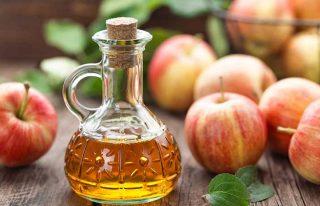
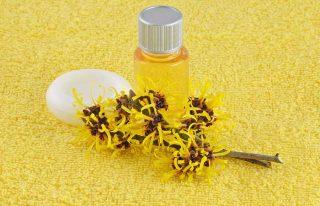
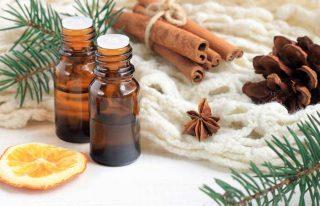

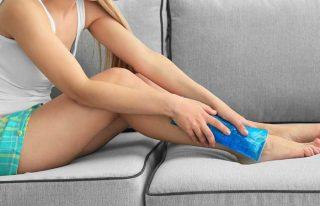

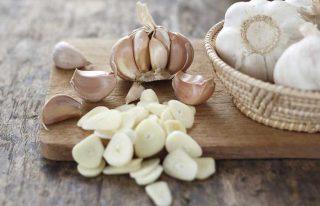

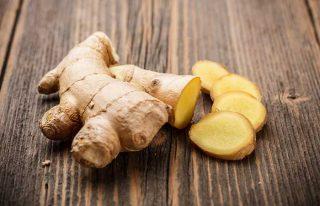
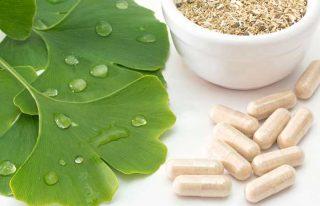
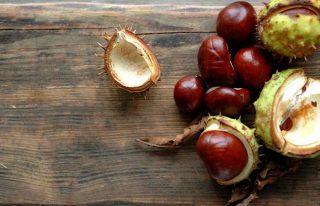


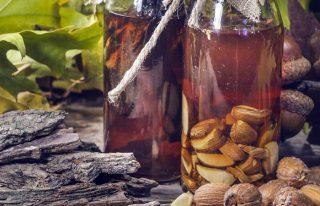

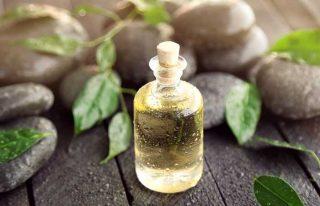
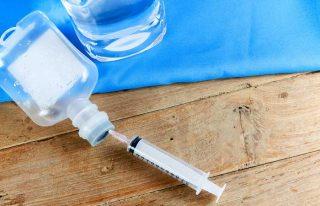
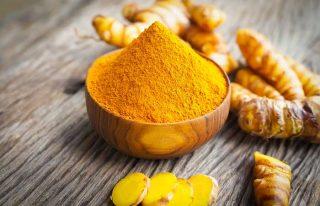
No comments